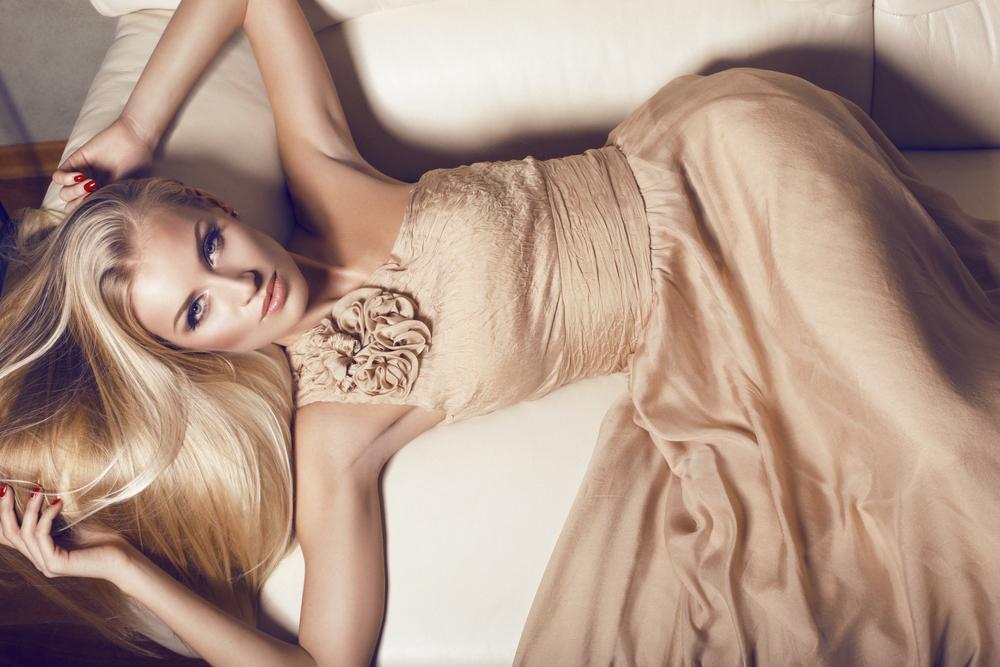
When it comes to modeling, there is more to it than just looking good in front of the camera. A successful photoshoot requires mastering the art of posing and expressing emotions. Whether you are a professional model or someone getting their first taste of the industry, understanding how to pose and convey emotions is essential for creating captivating and stellar photographs. In this article, we will delve into the intricacies of modeling (by models) , exploring various techniques to help you become a posing and expression expert.
1. The Power of Body LanguagePosing is all about body language. The way you position your body can convey a variety of emotions and messages. Experiment with different poses to understand what works best for you. Relax your body and avoid tension, as it will translate into the photographs. Practice standing tall, with your shoulders back and chin parallel to the ground. Maintain a natural and confident posture, and don't forget to engage your core for a stronger and more flattering pose.
2. Expressions: The Gateway to Emotion
Expressions are the windows to the soul and can transform a photograph from average to extraordinary. Facial expressions are crucial in modeling as they bring life to the images. Work on conveying various emotions through your eyes, mouth, and body language. Practice in front of a mirror to see how your face reacts to different expressions. Be expressive, but remember to keep them authentic and relatable.
3. Connect with Your Photographer
Building a rapport with your photographer is pivotal for a successful photoshoot. Communicate openly with them about the emotions and moods you are trying to convey. A photographer's guidance and feedback can immensely help in achieving the desired results. Remember, modelling is a collaborative effort, and effective communication with your photographer is key.
4. Study and Learn from the Experts
The art of posing and expressing emotions is not something that can be mastered overnight. Take inspiration from successful models and photographers, and study their work. Observe their poses, the way they use their bodies, and the emotions they convey. Analyze different photography styles, such as fashion, editorial, and lifestyle, to understand how posing and expressions vary in each genre. With time, practice, and inspiration, you will develop your own unique style.
5. Play with Props and Clothing
Experimenting with props and clothing adds an extra layer of interest to your photoshoot. Props can help convey a specific story or theme, while clothing choices can enhance your poses and add depth to the images. Research and find inspiration in fashion magazines, online galleries, and social media platforms. Incorporate props and clothing that speak to your personal style and the story you want to tell through your photographs.
6. The Importance of Lighting
modeling (or modelling) is as much about understanding lighting as it is about posing and expressions. Lighting can greatly impact the mood and ambiance of your photographs. Learn about the different types of lighting setups and how they can affect your appearance. Experiment with natural light, studio lighting, and various artificial light sources to understand the nuances of each. Understanding lighting will enable you to position yourself strategically, accentuating your features and creating the desired atmosphere.
Frequently Asked Questions:
Q1: How can I become more comfortable in front of the camera?A1: Becoming comfortable in front of the camera takes practice. Start by taking self-portraits, experimenting with poses and expressions. Practice regularly to build confidence and familiarity.
Q2: What are some tips for posing in group photos?
A2: In group photos, it is essential to create harmony and balance. Coordinate with your fellow models, ensuring everyone's poses complement each other. Maintain good posture and avoid excessive movements to create a cohesive and visually appealing group composition.
Q3: How can I ensure my expressions are genuine and not forced?
A3: Authenticity is key when it comes to expressions. To ensure your expressions are genuine, try to connect with the emotions you are trying to convey. Remember moments that triggered those emotions in real life, and let your memories guide your facial expressions.
Q4: Are there any resources for learning more about posing and expressions?
A4: Yes, there are many resources available for learning more about posing and expressions. Look for books, online tutorials, and even workshops or classes conducted by experienced photographers and models.
Q5: What should I do if I am unsure about how to pose or express myself during a shoot?
A5: Don't be afraid to communicate with your photographer. They have the expertise and experience to guide you. Ask for their suggestions and feedback, and together, you can create stunning photographs.
In conclusion, modeling is an art form that requires mastering the skills of posing and expressing emotions. With practice, observation, and effective communication with your photographer, you can elevate your modeling game. Remember to keep exploring and experimenting to find your own unique style, and always strive for authenticity in your poses and expressions. Happy modelling (or modeling) !
Other useful resources
- https://www.planetmodelphoto.com
- https://blog.planetmodelphoto.com